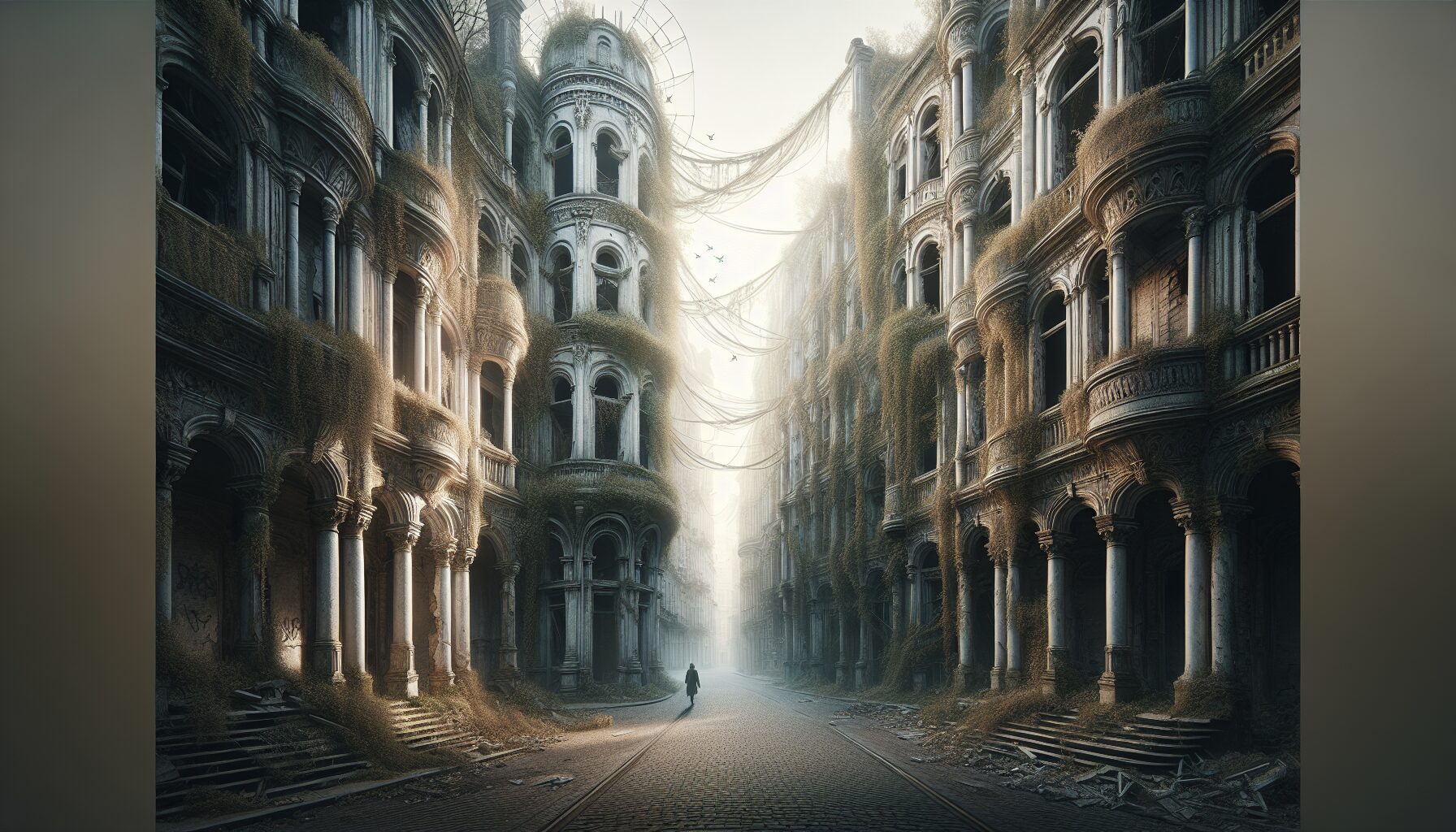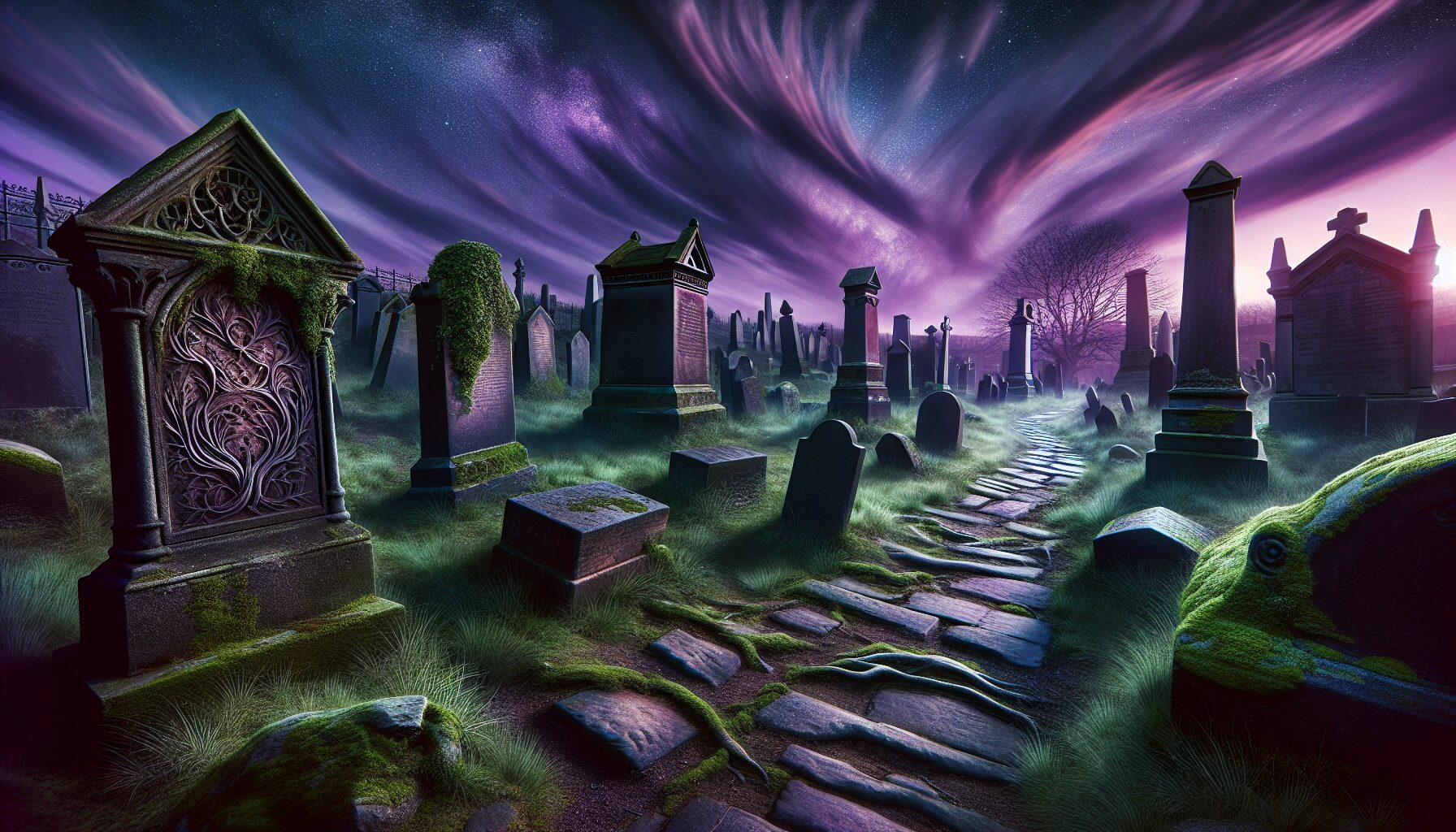In the bustling heart of our modern metropolises, amidst skyscrapers and humming traffic, exists an unseen dimension woven into the tapestry of urban life. This dimension is deeply rooted in mystery, history, and enchantment. The Shadowed Path: Walking Tours of Urban Mysticism offers curious explorers a gateway into this mystical realm, blending the tangible world with the arcane and surreal.
Venturing Beyond the Ordinary
Walking tours focused on urban mysticism delve into histories that your average tourist guide might overlook. These tours—whether they’re meandering through the fog-laden streets of Edinburgh or traversing Rome’s ancient alleys—highlight the mystical, the eerie, and the little-known tales that have shaped cities over centuries.
“To trace the spectral history of a city is to acknowledge and understand the energies, some positive and others unsettling, that are ingrained into its very foundation.” – Atlas Obscura
Magic in the Urban Landscape
Cities offer a unique blend of folklore, myth, and real history. Each corner might hide a story of ghostly encounters, unsolved mysteries, or ancient rituals. These walking tours are carefully curated to reveal these stories, enabling participants to experience the symbiotic relationship between the city’s physical presence and its esoteric past.
- London – Discover the legends of Aleister Crowley’s wanderings and the mystical underworld inspirations of Shakespeare’s plays.
- New Orleans – Explore the Crescent City’s Voodoo Queens and immerse yourself in tales of the supernatural that lie beneath the Spanish moss.
- Kyoto – Delve into the rich tapestry of Shinto spirits and ancient Buddhist secrets amidst the shadows of its serene temples.
The Urban Shaman: Guides to the Unseen
Guiding these mystical tours are often modern-day storytellers and historians, aptly referred to as urban shamans. These knowledgeable guides offer not only historical context but also engage participants with living folklore, intertwining anecdotes passed down through generations.
For instance, in Prague, a city where the gothic architecture perpetually whispers the secrets of old alchemy and magic, guides might share tales of the city’s infamous golem and the astrologers of Rudolf II’s court. Urban shamans bring a vivid dimension to the experiential journey, breathing life into static past narratives.
Why Seek the Shadowed Paths?
What drives the intrigue of these tours is not just a curiosity about the supernatural but a deeper existential quest. Walking tours like these connect individuals with the forgotten or overlooked aspects of urban environments, providing a sense of belonging and temporal continuity. They offer a unique lens to view our everyday surroundings, suggesting that what we see is only part of a greater, unseen whole.
“There seems something curious about the adrenaline and interest that ghost stories, myths, and urban legends inspire, suggesting that belief—whether in jest or sincerity—in these tales satisfies a deep human craving for the mysterious.” – The Guardian
Joining the Journey: Where to Begin?
For those intrigued by the allure of the mystical, a variety of tours are available. These excursions typically range from an hour-long evening of ghostly tales to comprehensive day-long exploration of spiritual sites. Here is a selection of some popular walking tour destinations:
- San Francisco’s Chinatown Ghost Tour: Traverse through the oldest Chinatown in North America, uncovering stories of ancient customs, ghostly apparitions, and the spirits that linger in the historic alleyways.
- Athens’ Mystical Paths: A journey into the lesser-known myths of Greek mythology hidden among the ancient ruins and modern Greek culture.
- Edinburgh’s Haunted History: A walk down eerie historic paths, diving into the city’s haunting past filled with tales of witchcraft and hauntings.
Concluding the Path
Whether you partake in these tours on a moonlit night or under the guise of a city’s daytime hustle, the experience leaves an indelible mark. It tugs at our most primal instincts and reminds us of the mystery that lies within and around us. The Shadowed Path is not just about hearing ghost stories or seeing historical landmarks; it’s an invitation to reconnect with the history and mysticism that surrounds us unseen every day.
Venturing the shadowed paths of urban mysticism reveals parts of our world that remain otherwise hidden, encouraging participants to discover and appreciate the profound depths of mysteries residing within their very own locales.
In sum, these walking tours are more than mere outings; they are journeys into the enigmatic, the historical, and the mystical—drawing those who dare to step beyond the ordinary and seek the extraordinary.


